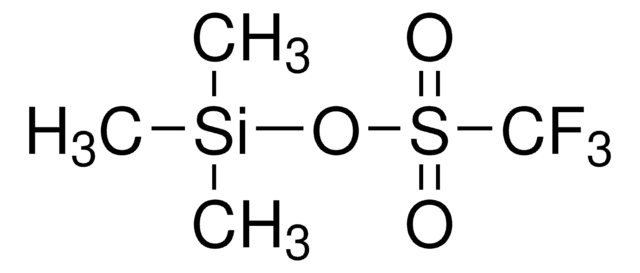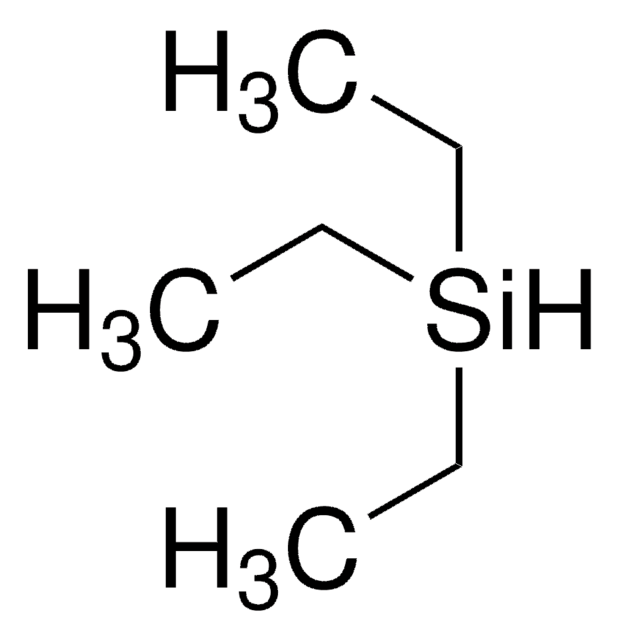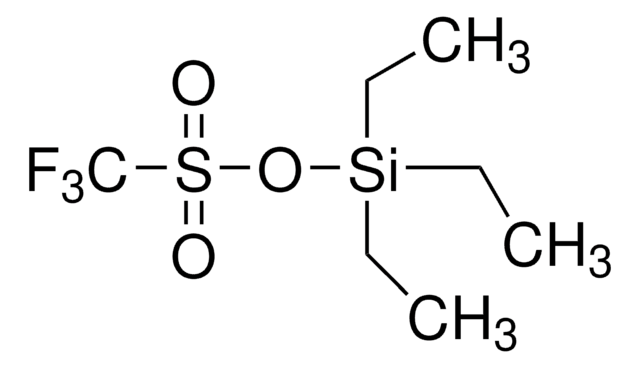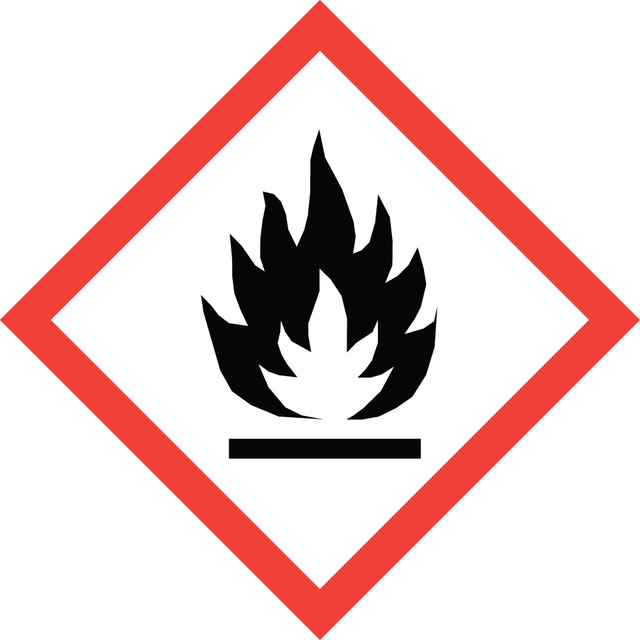All Photos(1)
About This Item
Empirical Formula (Hill Notation):
C7H9N
CAS Number:
Molecular Weight:
107.15
Beilstein:
105690
EC Number:
MDL number:
UNSPSC Code:
12352005
PubChem Substance ID:
NACRES:
NA.22
Recommended Products
Assay
≥99.0 %
Quality Level
form
liquid
refractive index
n20/D 1.497 (lit.)
bp
143-145 °C (lit.)
mp
−6 °C (lit.)
solubility
water: 163.130 g/L at 25 °C
density
0.92 g/mL at 25 °C (lit.)
SMILES string
Cc1cccc(C)n1
InChI
1S/C7H9N/c1-6-4-3-5-7(2)8-6/h3-5H,1-2H3
InChI key
OISVCGZHLKNMSJ-UHFFFAOYSA-N
Looking for similar products? Visit Product Comparison Guide
General description
2,6-Lutidine, also known as 2,6-dimethylpyridine, is an organic compound that is commonly used as a reagent in various organic reactions, such as the synthesis of heterocycles, nitroalkenes, and alkyl halides. It can also be used as a catalyst in organic synthesis.
Application
2,6-Lutidine can be used as:
- A base in the synthesis of an aldol adduct from malonic acid hemithioesters and aldehydes catalyzed by Cu(II) salt.
- An additive in reductive cyclization of epoxygeranyl acetate.
- A catalyst in combination with CuI for selective synthesis of N-sulfonyl-1,2,3-triazoles.
Signal Word
Warning
Hazard Statements
Precautionary Statements
Hazard Classifications
Acute Tox. 4 Oral - Eye Irrit. 2 - Flam. Liq. 3 - Skin Irrit. 2
Storage Class Code
3 - Flammable liquids
WGK
WGK 3
Flash Point(F)
89.6 °F
Flash Point(C)
32 °C
Personal Protective Equipment
dust mask type N95 (US), Eyeshields, Gloves
Choose from one of the most recent versions:
Already Own This Product?
Find documentation for the products that you have recently purchased in the Document Library.
Customers Also Viewed
Our team of scientists has experience in all areas of research including Life Science, Material Science, Chemical Synthesis, Chromatography, Analytical and many others.
Contact Technical Service













